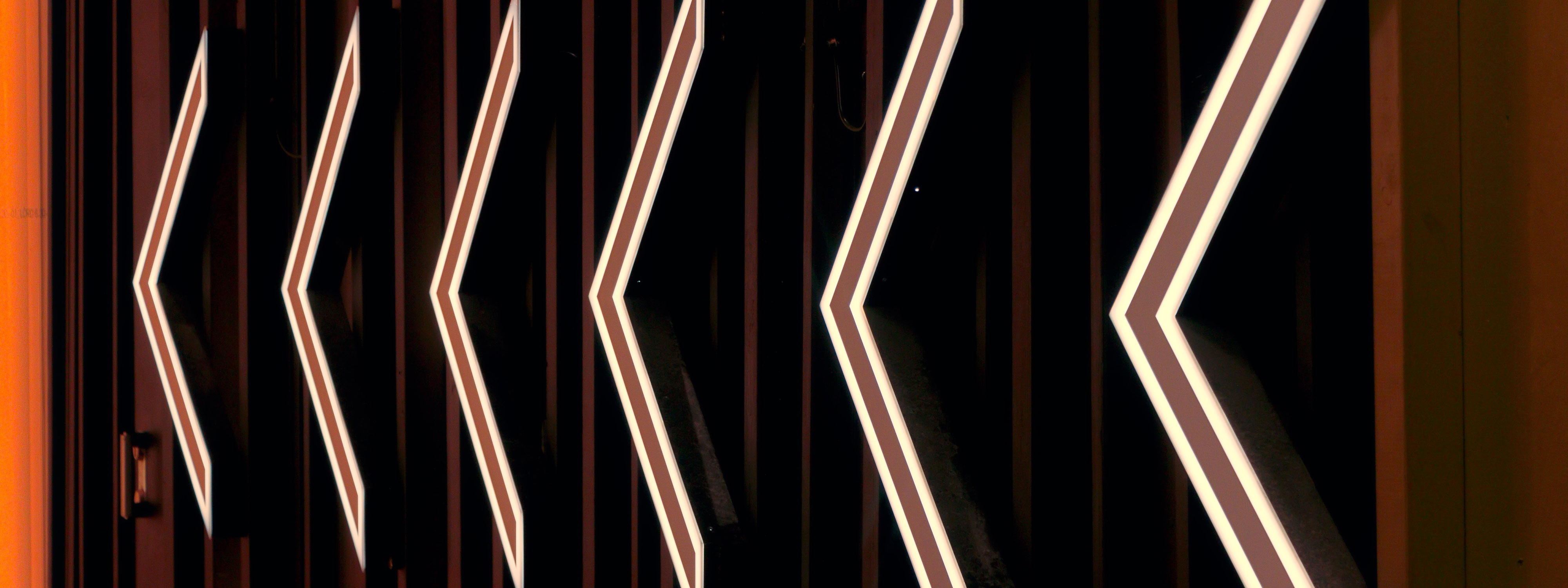
Boitumelo Rakgwane (White & Case, Paralegal, Johannesburg) contributed to the development of this publication.
Nuclear energy has been significant in South Africa's energy landscape for decades. South Africa's focus on nuclear energy (as a low-carbon and efficient base-load source of energy1) is ever-increasing as the global drive towards mitigating climate change and South Africa's goal of achieving net-zero emissions (NZE) by 2050 becomes more and more pressing. However, nuclear production only provides 4.9% of the electricity supplied to the grid today.
As the country navigates its energy transition amidst global calls for decarbonization, the role of nuclear power is gaining renewed attention. It is therefore timely to briefly re-visit the history of nuclear energy in South Africa, the status of its nuclear infrastructure and the prospects for its future development.
Brief History of Nuclear Energy in South Africa
The South African nuclear industry originated with the establishment of the Atomic Energy Board (AEB) in 1948. The AEB's primary mandate was to oversee the regulation of the uranium mining industry in South Africa. In 1959, South Africa endorsed the development of a domestic nuclear industry, initiating plans for constructing a research reactor in collaboration with the U.S. Atoms for Peace program. This initiative aimed to promote the peaceful utilization of nuclear energy and mitigate the proliferation of nuclear weapons.
In the 1950s, the Pelindaba site was selected to construct two research reactors that would be owned and operated by the South African Nuclear Energy Corporation (Necsa): the Pelinduna-0 reactor (now decommissioned) and the SAFARI-1 (currently in operation). The site was also used for the development of South Africa's nuclear weapons program between 1978 and 1990. It is important to note that South Africa is the only country to date to have voluntarily dismantled its nuclear weapons capability before joining, in 1991, the Treaty on the Non-Proliferation of Nuclear Weapons.2
In 1976, construction began on the country's first and only nuclear power plant (NPP): the Koeberg NPP, a pressured water reactor located in Duynefontein, near Cape Town. Koeberg NPP is owned and operated by Eskom (the South African national electricity utility company) with the first reactor becoming commercially operational on 4 April 1984 and the second on 25 July 1985. The two reactors have a combined capacity of 1860 MW. Koeberg's reactor technology was designed and supplied by Framatome, a subsidiary of the French global energy company Electricité de France (EDF).
The operating license was granted for 40 years and is therefore due to expire in July 2024. In 2010, Eskom decided to extend the lifetime of both units by 20 additional years. The safety case for this renewal was submitted by Eskom following peer-review by the International Atomic Energy Agency and this safety case is currently being reviewed by South Africa's National Nuclear Regulator. Many countries worldwide are extending the lifetime of their NPPs for as long as the technology allows it, not only because it is economically attractive (according to the International Energy Agency, "extending nuclear plants' lifetimes is an indispensable part of a cost-effective path to NZE by 2050"3), but also because it would allow more time for the construction of new units to replace them. In the United States, operating licenses have been renewed to allow reactors to operate for as long as 80 years.4
Nuclear Energy Plan in South Africa5
The Department of Mineral Resources and Energy (DMRE) published the Integrated Resource Plan (IRP) in 2019 (IRP 2019) which contemplates that 2500 MW of new generation capacity will be sourced from nuclear energy, with the remainder from coal, gas, solar and other renewables. The IRP 2019 also proposes extending the lifespan of existing nuclear facilities (i.e. the Koeberg NPP) as well as exploring the use of small modular reactors to provide a modular approach to the procurement of new nuclear generation capacity.
In January 2024, the DMRE issued a draft IRP 2023 which will close for public comment on 23 March 2024. The IRP 2023 aims to secure electricity supply through a balanced approach between supply and demand, considering environmental concerns and overall costs. The IRP 2023 consists of two timelines —up to 2030, there is a focus on addressing existing generation capacity constraints and system needs, and from 2031 to 2050, the plan is aimed at achieving a resilient NZE electricity sector by 20506. The IRP 2023, although only a draft, contemplates four possible scenarios for the procurement of energy in the period 2031-2050 and one of these pathways proposes the implementation of a new nuclear build programme for a total of 14,500 MW "at the pace and scale that South Africa can afford" with 2500 MW to come online in the period between 2031 and 2035; an additional 1925 MW to come online between 2036 and 2040; and some 10,0075 MW of new nuclear generation capacity for the period 2041-2050. Three of the four development pathways contained the IRP2023, however, contemplate that no new nuclear energy will be procured. It is unclear how these hypothetical pathways will translate into an updated target energy mix for South Africa. With this being said, the Minister of Electricity, has stressed that all prerequisites for obtaining nuclear energy have been fulfilled, and that the proposed procurement procedure adheres to current regulatory standards.
Future Nuclear Energy Development
In terms of future development of nuclear energy in South Africa, the country has arrangements in place with several vendors – for example, in November 2013, Necsa signed a broad agreement with Russia's NIAEP-Atomstroyexport and its subsidiary Nukem Technologies, to develop a strategic partnership relating to nuclear power plants and waste management.
In September 2014, the Government of Russia signed an agreement with South Africa's Minister of Energy to advance the prospect of building up to 9600 GW of new nuclear capacity with a Russian water-water energetic reactor or "VVER" reactors. In December 2014, Necsa signed agreements with Chinese organisations (i.e. China National Nuclear Corporation and State Nuclear Power Technology Corporation - SNPTC) which aimed at supporting the development of nuclear energy in South Africa, including financially.7 Following these agreements, the Minister of Energy issued two ministerial determinations for a 9600 MW nuclear new build program and separately, appointing Eskom as the procuring agent for a nuclear new build programme. These determinations were fiercely contested by stakeholders.
In December 2015, the DMRE issued a request for proposals (RFP) for 9600 MW of nuclear power capacity. Five reactor vendors were invited to submit proposals namely Rosatom, SNPTC, Korea Electric Power Corporation, EDF, and Westinghouse. However, in December 2016, the National Treasury withdrew authorization for this RFP and replaced it with a non-binding request for information (RFI). The RFI was managed by Eskom and sought to gather information on recent nuclear power costs and financing options.
In August 2018, the South African government also announced that it had abandoned plans to procure 9600 MW of new nuclear capacity by 2030, following a declaration of invalidity of the two ministerial determinations related to this procurement plan by the High Court in 2017.8 Although these developments have not resulted in the procurement of any new nuclear generation capacity, the RFI at least assisted in the continued preparation for new nuclear energy in South Africa.
In December 2023, the DMRE confirmed that it will go ahead with the procurement of 2500 MW of new nuclear capacity and that it was planning to issue an RFP by March 2024. This initiative aims to solicit bids from potential vendors and contractors interested in supplying and constructing future nuclear reactors. The RFP process will likely attract significant interest from both domestic and international stakeholders, including vendors, investors, and technology suppliers.
The National Energy Regulator of South Africa has confirmed that the DMRE may proceed with the procurement process after meeting a series of "suspensive conditions" set by the regulator. The procurement process is part of the country's 2019 IRP which, as mentioned above, has called for the country to prepare for new nuclear capacity, alongside the continued operation of the existing Koeberg nuclear power plant. The RFP would also be launched ahead of the finalization of the IRP 20239 and the expectation is that the first unit of the new 2500 MW NPP will be commissioned by 2032/33.10 11
The development of new nuclear capacity in South Africa stands at a critical juncture, ready to contribute and address the country's energy needs and climate goals. As the South African government moves forward, collaboration with international partners and careful consideration of economic and environmental factors will be essential to realizing the full potential of nuclear energy in South Africa.
1 Resource: https://www.iaea.org/sites/default/files/21/10/nuclear-energy-for-a-net-zero-world.pdf.
2 Resource: https://nnr.co.za/about/history/.
3 Resource: https://iea.blob.core.windows.net/assets/016228e1-42bd-4ca7-bad9-a227c4a40b04/NuclearPowerandSecureEnergyTransitions.pdf.
4 Resource: https://www.foronuclear.org/en/updates/news/a-second-20-year-extension-has-been-approved-for-the-two-units-in-surry-nuclear-power-plant-in-the-united-states/.
5 Resource: https://www.gov.za/sites/default/files/gcis_document/202401/49974gon4238.pdf.
6 Resource: https://www.world-nuclear-news.org/Articles/South-African-government-opens-IRP-for-public-comm.
7 Resource: https://world-nuclear-news.org/Articles/China-and-South-Africa-sign-accords.
8 Resource: https://world-nuclear.org/information-library/country-profiles/countries-o-s/south-africa.aspx.
9 Resource: https://www.neimagazine.com/news/newssouth-africa-to-launch-procurement-process-for-new-nuclear-11372844.
10 Resource: https://www.power-technology.com/news/south-africa-launches-bid-2-5gw-nuclear-energy/.
11 Resource: https://www.reuters.com/business/energy/south-africa-procure-additional-2500-mw-nuclear-power-minister-2023-12-12/.
White & Case means the international legal practice comprising White & Case LLP, a New York State registered limited liability partnership, White & Case LLP, a limited liability partnership incorporated under English law and all other affiliated partnerships, companies and entities.
This article is prepared for the general information of interested persons. It is not, and does not attempt to be, comprehensive in nature. Due to the general nature of its content, it should not be regarded as legal advice.
© 2024 White & Case LLP



